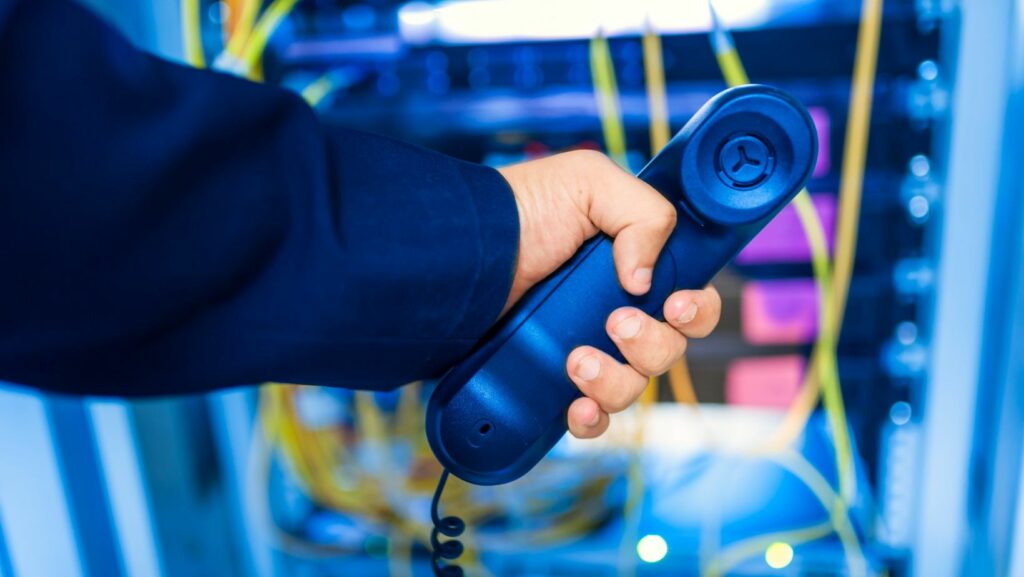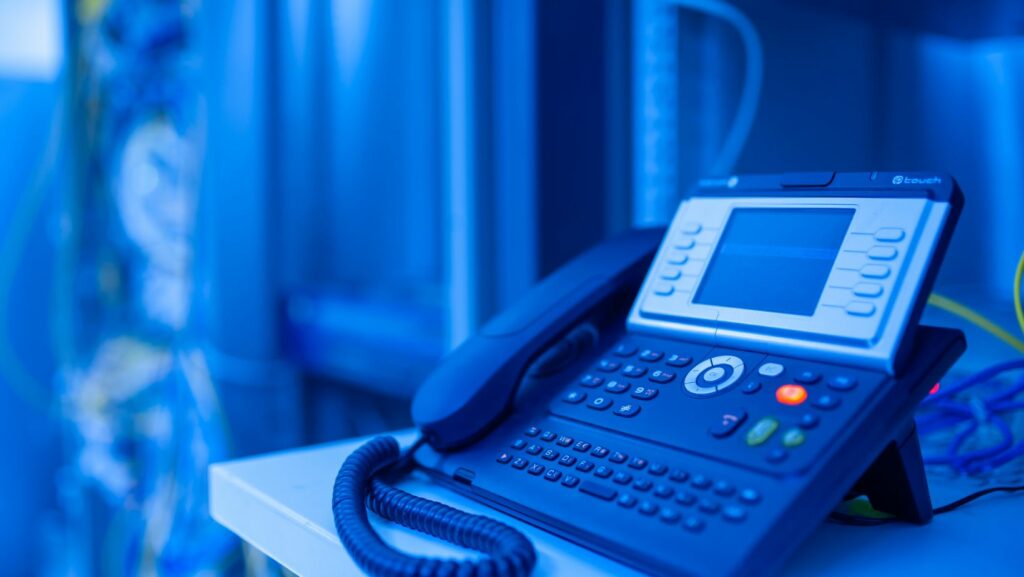
Fake IP Address Copy and Paste

Ever wondered about the implications of using a fake IP address through copy and paste methods? In the digital realm, where anonymity and security are paramount, understanding the risks and benefits of manipulating your online identity is crucial. Fake IP addresses, often obtained through copy and paste techniques, can offer a cloak of invisibility or pose significant dangers depending on the intent behind their use.
Exploring the realm of fake IP addresses through copy and paste unveils a complex landscape where privacy concerns intersect with cybersecurity threats. As individuals navigate the intricacies of online interactions, the allure of masking one’s true IP address can be both enticing and treacherous. By delving into the intricacies of this practice, one can gain insight into the potential advantages and pitfalls associated with altering digital footprints through copied IP addresses.
Understanding Fake IP Addresses
Fake IP addresses are misleading online identifiers that can conceal a user’s actual location and identity in the digital realm. While altering an IP address through copy and paste methods might seem like a straightforward way to achieve anonymity, it’s essential to comprehend the implications of such actions.

Using a fake IP address can serve as a double-edged sword, offering a veil of invisibility for legitimate privacy concerns or potentially leading to malicious activities. It’s crucial to appreciate the dual nature of fake IP addresses, where the choice to manipulate one’s online identity can have both advantages and risks depending on the underlying intentions.
The complexity of fake IP addresses lies in their intersection with privacy and cybersecurity. By delving into the realm of copied IP addresses, individuals navigate a landscape rife with potential benefits and pitfalls. Understanding the dynamics of fake IP addresses can empower users to make informed decisions about their online presence and the extent to which they obscure their digital footprints.
Risks Associated with Copying and Pasting Fake IP Addresses
Exploring the risks linked to using copied and pasted fake IP addresses uncovers critical vulnerabilities in the digital landscape. Fake IP addresses obtained through copy and paste methods may lead to severe consequences if utilized irresponsibly. These risks encompass potential legal ramifications, network instability, and exposure to malicious entities seeking to exploit such deceptive practices.
Understanding the perils of employing false IP addresses without proper authorization is paramount. Unauthorized use of copied fake IP addresses can result in legal issues, as it may violate intellectual property rights and infringe upon the privacy of legitimate users. Moreover, the instability caused by using these fabricated addresses can disrupt network operations, leading to connectivity issues and potential data breaches.
By recognizing the risks associated with copying and pasting fake IP addresses, individuals can safeguard themselves from the adverse effects of engaging in deceptive online practices. It is crucial to exercise caution and ensure that any manipulation of IP addresses complies with ethical standards and legal guidelines to mitigate the potential dangers posed by utilizing fake identities in the digital realm.
Ways to Detect Fake IP Addresses
Detecting fake IP addresses is crucial in maintaining security and integrity in online interactions. Here are some effective methods to identify and verify the authenticity of IP addresses:

- Check for Geolocation Discrepancies:
- Look for inconsistencies between the claimed location of the IP address and the actual geographical data. Discrepancies in geolocation information can indicate a fake IP address.
- Analyze Network Activity Patterns:
- Examine the network traffic associated with the IP address. Anomalies such as irregular patterns of activity or suspicious behavior may suggest that the IP address is not genuine.
- Use IP Geolocation Tools:
- Utilize IP geolocation tools and services to validate the legitimacy of an IP address. These tools can provide detailed information about the location, ISP, and other relevant data associated with the IP.
- Verify Reverse DNS Lookups:
- Perform reverse DNS lookups to confirm the hostname associated with the IP address. Mismatched or inconsistent DNS records can be an indicator of a fake IP address.
- Cross-Check IP Blacklists:
- Check IP blacklists and reputation databases to see if the IP address has been reported for malicious activities. Presence on blacklists can signal the use of a fake IP address for nefarious purposes.
